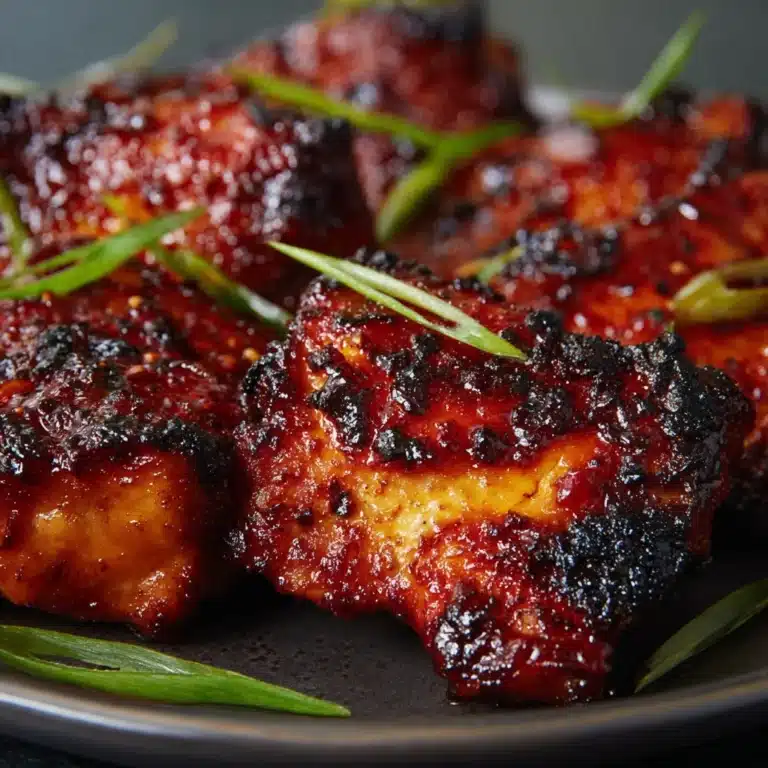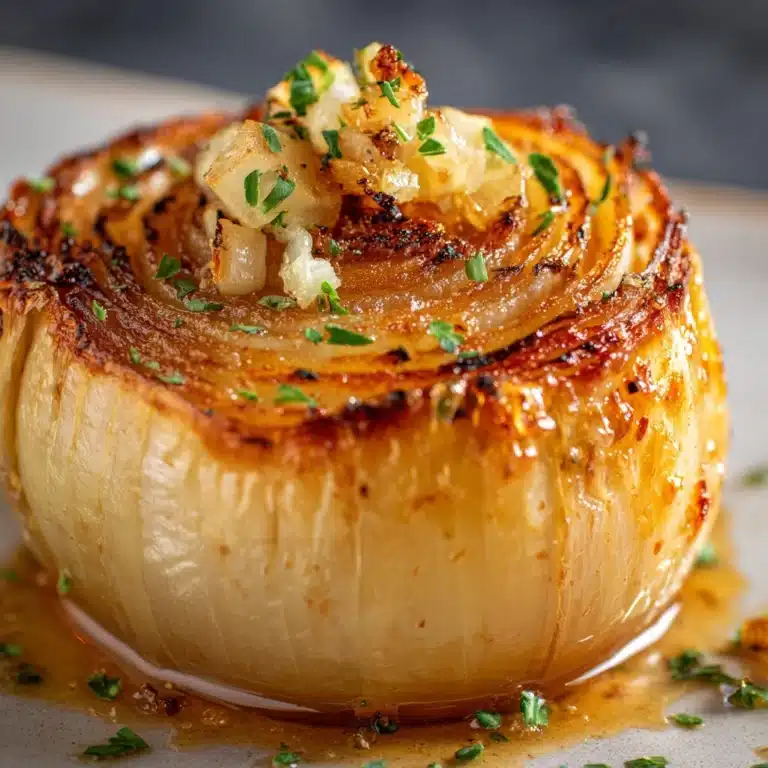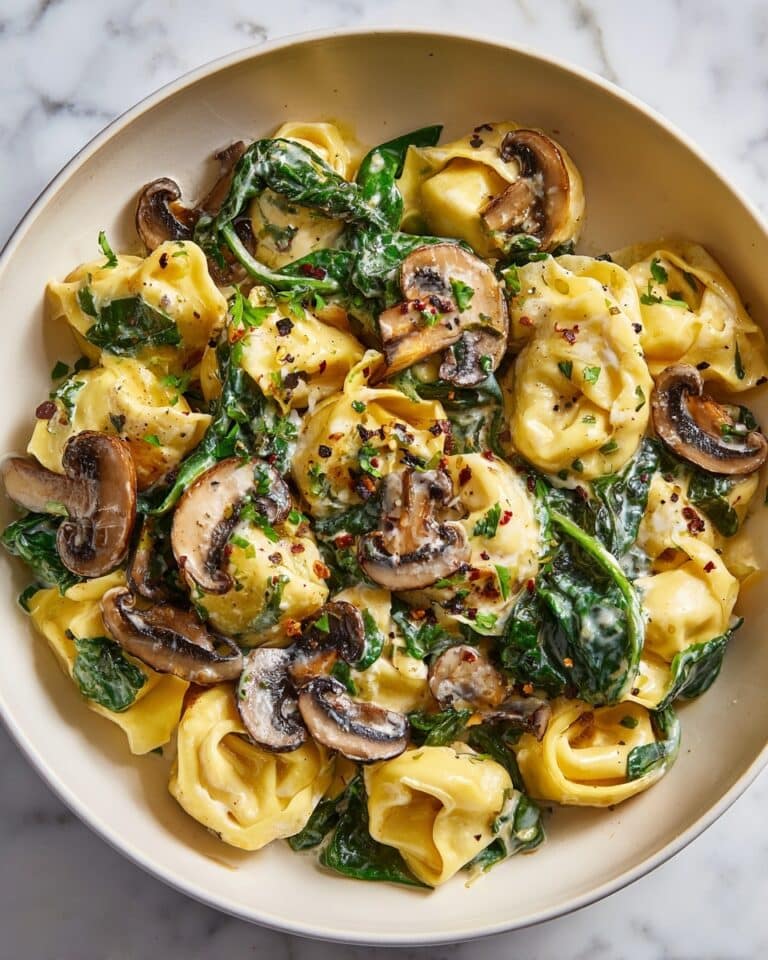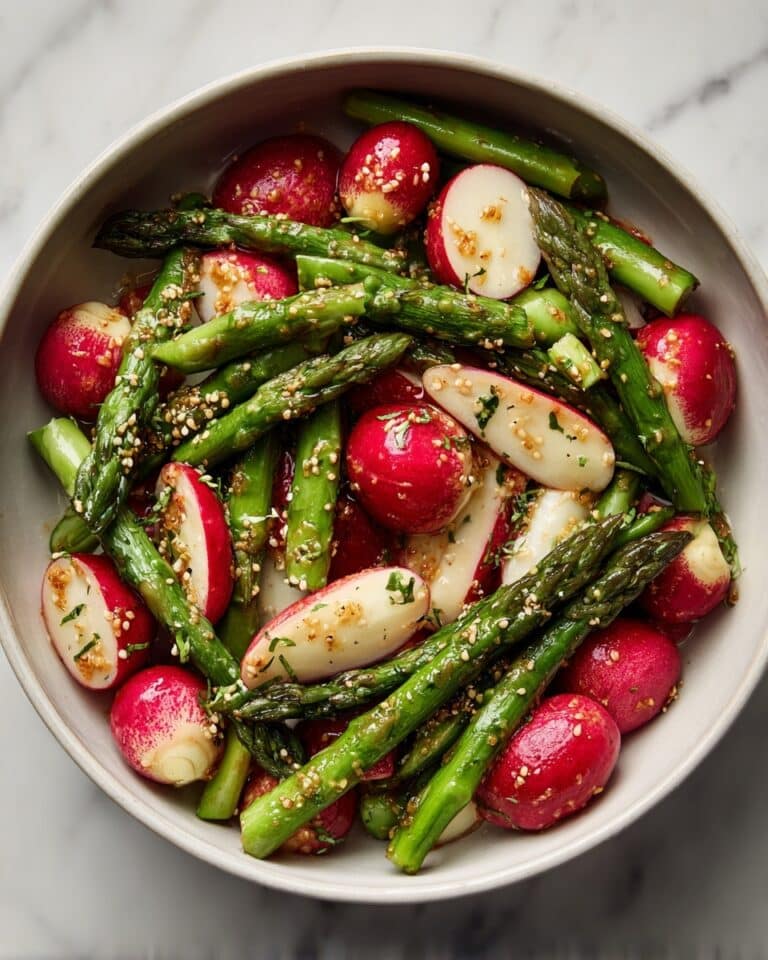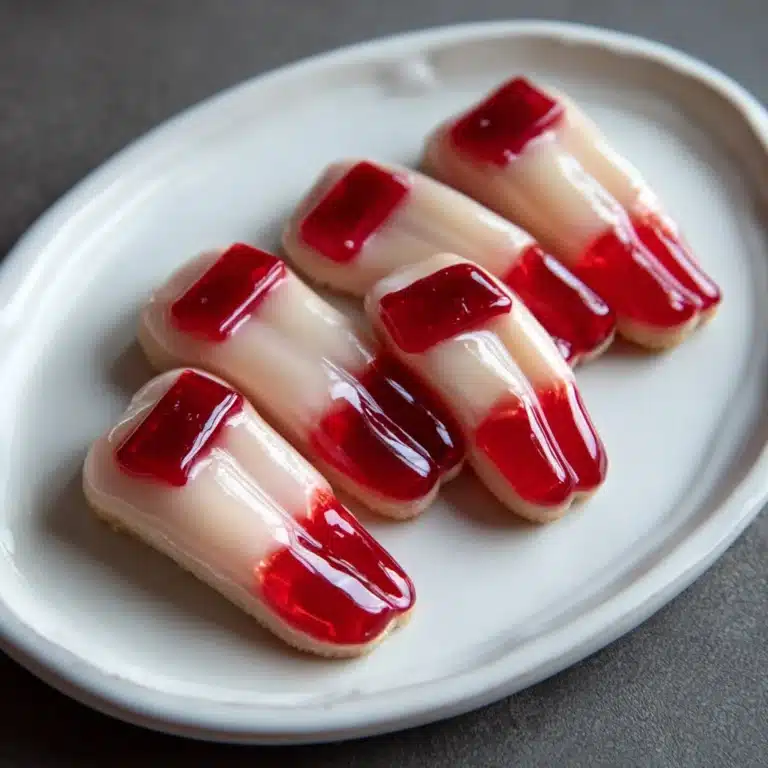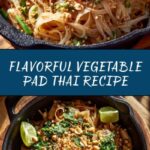Vegetable Pad Thai Recipe
If you’re craving a satisfying, fresh, and utterly moreish noodle dish, look no further than Vegetable Pad Thai. This meatless version of the beloved Thai street food classic is loaded with colorful vegetables, springy rice noodles, crunchy peanuts, and a tangy-sweet sauce that clings to every bite. It’s quick to throw together on a busy weeknight yet special enough to impress your friends at a weekend dinner party. Whether you’re new to Thai cuisine Main Course.

Ingredients You’ll Need
A handful of easy-to-find ingredients come together to make this Vegetable Pad Thai a standout star. Each one adds something essential—big flavor, great texture, or vibrant pops of color—so don’t be tempted to skip any!
- Rice noodles: These chewy noodles form the backbone of pad Thai—be sure not to overcook them, as they’ll soften more when tossed with the sauce.
- Vegetable oil: The neutral oil lets all the fresh flavors shine while ensuring everything stir-fries evenly.
- Garlic: Just two cloves transform the pan, creating the aromatic foundation for the whole dish.
- Red bell pepper: Thinly sliced, this veggie delivers both brilliant color and a crisp, sweet bite.
- Shredded carrots: They bring natural sweetness and a lovely crunch to each forkful.
- Bean sprouts: Toss them in right at the end for irresistible lightness and extra snap.
- Green onions: These add fresh flavor and a pop of vibrant green that wakes up the plate.
- Eggs: Lightly beaten eggs scramble to tender ribbons, giving the dish richness and body.
- Roasted peanuts: A must-have garnish, they lend that signature crunch and toasty depth that screams pad Thai.
- Fresh cilantro: Chopped cilantro brings an herby lift and classic Thai aroma right at the finish.
- Lime wedges: A squeeze just before eating brightens and balances each serving perfectly.
- Soy sauce: This forms the salty base for your sauce; use tamari if you want to go gluten-free.
- Brown sugar: Adds a hint of sweetness that rounds out the tangy and salty flavors.
- Tamarind paste (or lime juice): Gives the sauce its characteristic tang—tamarind is classic, but lime juice works in a pinch.
- Rice vinegar: Adds acidity and sparkle to balance the sweetness.
- Sriracha or chili garlic sauce (optional): A dash of heat adds welcome warmth, but leave it out if you’re feeling mild.
- Sesame oil: Just a touch at the end delivers nutty depth and Thai authenticity.
How to Make Vegetable Pad Thai
Step 1: Cook the Rice Noodles
Start by boiling your rice noodles according to the package instructions. The key is to cook them until just tender but still pleasantly chewy—they’ll finish cooking when you stir-fry them. Once done, drain and rinse them under cold water to stop the cooking and prevent stickiness.
Step 2: Whisk Together the Sauce
In a small bowl, mix together all the sauce ingredients: soy sauce, brown sugar, tamarind paste or lime juice, rice vinegar, sriracha (if using), and sesame oil. Set the bowl aside—this sauce is your flavor powerhouse and will bring everything together at the end.
Step 3: Stir-Fry the Vegetables and Eggs
Now, heat your vegetable oil in a large skillet or a classic wok over medium-high heat. Toss in your minced garlic and let it sizzle until fragrant (about 30 seconds). Add the sliced red bell pepper and carrots, and stir-fry for just a couple of minutes until they start to soften but remain brightly colored. Push the veggies aside and pour in your lightly beaten eggs. Scramble them gently until just set, then combine them back in with the vegetables.
Step 4: Bring It All Together
Add the cooked rice noodles to the skillet, then pour the prepared sauce evenly over everything. Gently toss and stir, making sure the noodles are well coated and everything is mingling beautifully. Let it cook for another 2 to 3 minutes, allowing the noodles to soak up all that good flavor.
Step 5: Finish with Freshness
Finally, add in the crunchy bean sprouts and green onions. Give the whole pan one last toss, then remove from heat. You want the veggies to stay fresh and lively, so don’t let them overcook in the pan.
How to Serve Vegetable Pad Thai
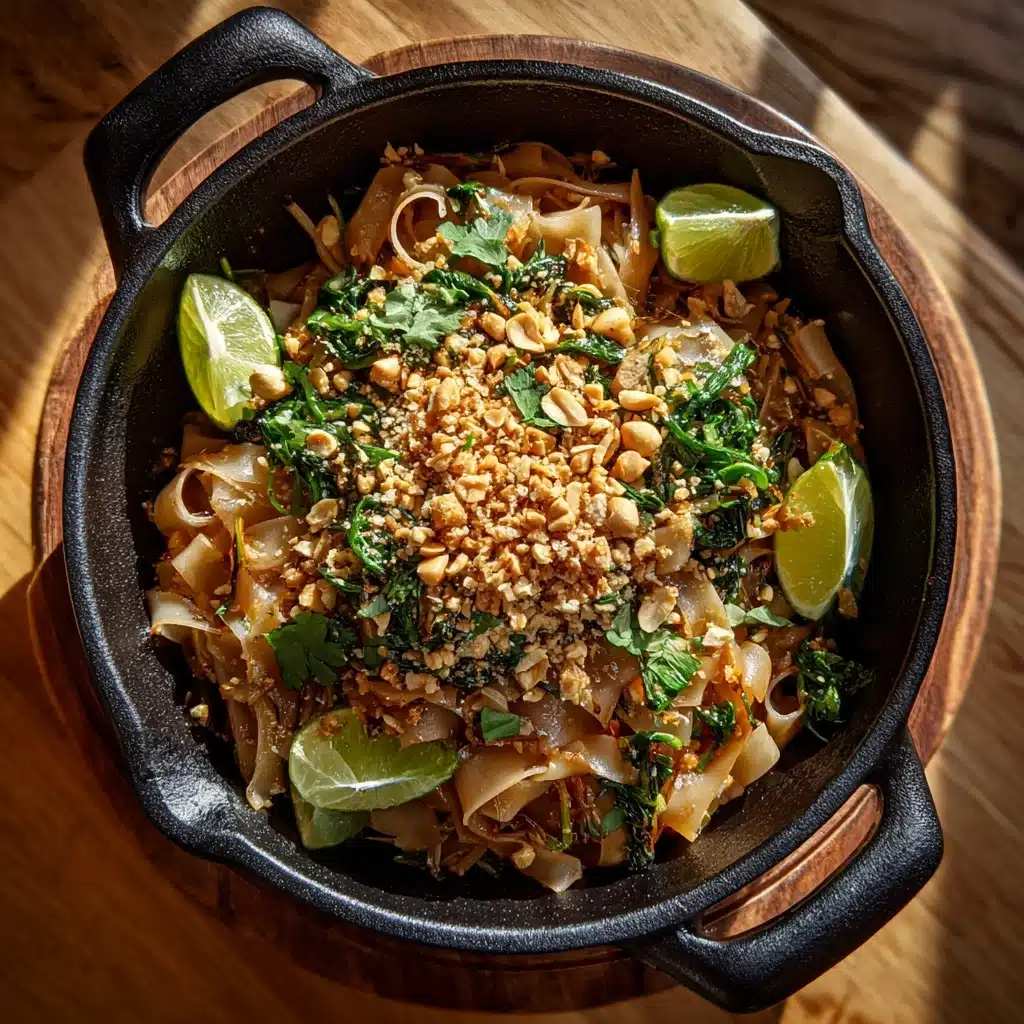
Garnishes
No Vegetable Pad Thai is complete without a flurry of toppings. Sprinkle each serving with plenty of roasted peanuts for crunch, chopped cilantro for color and fragrance, and a generous squeeze of lime juice to make the flavors sing right before you dig in.
Side Dishes
While Vegetable Pad Thai is a full meal on its own, it pairs beautifully with sides like a crisp cucumber salad, cold spring rolls, or a quick Thai mango salad. These light companions enhance the meal without overpowering the main attraction.
Creative Ways to Present
If you want to impress, try serving your pad Thai in little noodle baskets made from lettuce leaves for a party twist. Or, stack it high in individual bowls, letting your guests add their favorite toppings—think extra chili flakes, fresh herbs, or even a drizzle of peanut sauce.
Make Ahead and Storage
Storing Leftovers
Store any leftover Vegetable Pad Thai in an airtight container in the refrigerator. It’ll keep well for up to 3 days, making it a great option for meal prep lunches or an easy next-day dinner.
Freezing
Pad Thai is best enjoyed fresh, as freezing can change the texture of the noodles and vegetables. If you must freeze, do so without the bean sprouts or garnishes, and store up to one month. Thaw overnight in the fridge before reheating.
Reheating
For best results, reheat leftovers in a skillet over medium heat with a splash of water to loosen the noodles. This restores some of that original texture and flavor, so your Vegetable Pad Thai tastes just as satisfying the second time around.
FAQs
Can I add tofu or another protein?
Absolutely! Cubes of firm tofu or tempeh work perfectly if you want a protein boost in your Vegetable Pad Thai. Just pan-fry the tofu until golden before adding the vegetables.
Is this recipe gluten-free?
As long as you use gluten-free soy sauce or tamari, your Vegetable Pad Thai will be completely gluten-free. Double-check your noodle package to be certain.
Can I use different vegetables?
Yes, feel free to swap in any crunchy veggies you have on hand—broccoli florets, snap peas, or even thinly shaved cabbage add great texture and color.
What if I can’t find tamarind paste?
No tamarind? No problem! Use double the amount of lime juice in the sauce to give your Vegetable Pad Thai the right tangy brightness.
How spicy is this version?
This Vegetable Pad Thai is flavorful but mild by default. Add more sriracha or chili garlic sauce if you prefer extra heat, or leave it out for a milder, kid-friendly dish.
Final Thoughts
If you’ve never made Vegetable Pad Thai at home, now’s the time to give it a whirl. This recipe is simple, full of flavor, and endlessly adaptable. Don’t be surprised if it becomes a regular favorite—happy cooking!
Print
Vegetable Pad Thai Recipe
- Total Time: 30 minutes
- Yield: 4 servings 1x
- Diet: Vegetarian
Description
A delicious and vibrant Vegetable Pad Thai recipe that brings the flavors of Thailand right to your kitchen. This vegetarian version of the classic dish is packed with colorful vegetables, rice noodles, and a savory-sweet sauce, topped with crunchy peanuts and fresh cilantro.
Ingredients
Rice Noodles:
- 8 oz rice noodles
Vegetable Mix:
- 2 tablespoons vegetable oil
- 2 cloves garlic, minced
- 1 small red bell pepper, thinly sliced
- 1 cup shredded carrots
- 1 cup bean sprouts
- 2 green onions, sliced
- 2 eggs, lightly beaten
- ¼ cup roasted peanuts, chopped
- ¼ cup fresh cilantro, chopped
- lime wedges for serving
For the sauce:
- 3 tablespoons soy sauce
- 2 tablespoons brown sugar
- 1 tablespoon tamarind paste (or 2 tablespoons lime juice as substitute)
- 1 tablespoon rice vinegar
- 1 teaspoon sriracha or chili garlic sauce (optional)
- 1 teaspoon sesame oil
Instructions
- Cook Rice Noodles: Prepare rice noodles according to package directions, then drain and rinse.
- Make Sauce: Whisk together all sauce ingredients in a small bowl.
- Stir-Fry Vegetables: Cook garlic, bell pepper, and carrots in oil. Add eggs and scramble, then combine with vegetables.
- Add Noodles and Sauce: Stir in cooked noodles and sauce, cook until heated through.
- Finish and Serve: Add bean sprouts, green onions, top with peanuts, cilantro, and lime. Serve hot with lime wedges.
Notes
- Add tofu or tempeh for extra protein.
- Swap in other vegetables like broccoli or snap peas.
- Use gluten-free soy sauce or tamari for a gluten-free version.
- Prep Time: 15 minutes
- Cook Time: 15 minutes
- Category: Main Course
- Method: Stir-Fry
- Cuisine: Thai
Nutrition
- Serving Size: 1 bowl
- Calories: 410
- Sugar: 9 g
- Sodium: 690 mg
- Fat: 14 g
- Saturated Fat: 2.5 g
- Unsaturated Fat: 10.5 g
- Trans Fat: 0 g
- Carbohydrates: 58 g
- Fiber: 4 g
- Protein: 11 g
- Cholesterol: 80 mg
